Whether your tastes have changed or your family is growing, you might find that your current home is no longer meeting your needs. That presents an important decision to make: Should you renovate your current place or move somewhere else?
In light of today’s uncertain real estate market, it’s a choice you should weigh carefully. Here’s what to consider.
The Case for Moving
Of course, one of the biggest things to think about when deciding between moving or remodeling is the cost. The decision you make today can seriously impact your finances for years to come.
The Costs of Moving to a Larger House
These are the most typical home moving costs.
Real Estate Comission
If you choose to use a real estate agent to sell your current home, you should plan to spend 5%-6% of the sale price in commissions. Usually, the buyer’s agent and the seller’s agent each receive a 2.5%–3% commission, which the seller pays.
New Mortgage Costs
There are also closing costs associated with getting a new mortgage. These typically run 3%-6% of the mortgage amount. Home appraisals, title insurance, and other administrative costs of buying a new home can tack on several thousand dollars more.
“As of the fourth quarter of 2022, the average home price of a home sold in the U.S. was $535,800.”
Home Repairs and Touch-ups
You may also have to spend some money getting your home ready for sale. For example, you might need to do some repainting and make a few repairs. Andnce you move into your new home, it might need some minor upgrades or new furnishings to fill up extra/larger rooms.
Movers and Relocation
Then there’s the cost of the move itself. Factors such as distance, number of rooms, and type of labor you hire will all impact the cost. According to HireAHelper data between January through May 2022, the average cost of a labor-only move was $418, based on the moves booked through HireAHelper and their partners. Of course, interstate and cross-country moves can cost considerably more.
Real Estate Market Considerations
Home prices experienced a meteoric rise over the past couple of years. And although they’ve leveled off recently, prices are still at record highs.
As of the fourth quarter of 2022, the average home price of a home sold in the U.S. was $535,800. While that means you can probably sell your current house for a great price, it also means you’ll have to spend (or borrow) more for a new one.
“The average cost of home remodeling is $49,000, with most remodels costing somewhere between $18,000 and $80,000…”
Along with home prices, mortgage rates have also been on the rise. The Federal Reserve raised its rate several times over the past year to combat rampant inflation, which has impacted the cost of borrowing considerably. Strong consumer spending and increasing housing costs have also contributed to rising rates.
As of February 16, the average interest rate on a 30-year fixed-rate mortgage sits at 6.32%, while the average rate for a 15-year fixed-rate mortgage is 5.51%. In other words, this is where you would do the math to compare how much you’d spend in additional interest over the life of your loan versus the cost of doing any renovations.
Consider the Impact a Move May Have on Your Lifestyle and Any Family Members
Beyond the financial cost, it’s also important to consider the time and emotional cost of a move. This can be particularly challenging for kids in your family.
Children
Young children can experience a range of emotions while moving. However, it’s not uncommon for them to feel sad, anxious, or angry, as moving can bring about a sense of loss as they leave behind familiar people, places, and routines, especially if they are moving to a new city or state.
With that in mind, understand that young children may experience developmental regression during the moving process. For example, they may revert to behaviors such as bed-wetting or thumb-sucking as a way of coping with stress.
Again, every child is different, and yours may not react strongly to the idea of moving. In fact, they may even be excited by the idea (plus, there are things you can do to help kids with the transition). Only you will be able to evaluate your child’s stress management capabilities and decide whether moving is worth it.
See prices for local moving labor. Read real customer reviews. Easily book your help online.
Teens and Young Adults
Teens or young adults in the family may also struggle with the transition, as moving might mean leaving behind close friends or romantic partners. It can take time for teenagers and young adults to establish new social relationships, and they may feel isolated or lonely during the transition.
Moving can disrupt their education, too, as they may need to transfer to a new school or college. This also means they may struggle to adjust to new academic expectations, curriculum, and teaching styles.
You Own Emotional Health
Don’t downplay your own feelings and stress levels. Moving is a lot of work, and a major time and financial commitment. You’ll need to think about whether you — and your partner, if you have one — have the mental bandwidth to deal with a move and everything that comes with it, including changing jobs, making new friends, and more.
Attachment to Your Own Home
And don’t underestimate how attached your family may be to your current house. It may be where siblings share fond memories of growing up together or spending time with a grandparent. Forcing family members to give up their beloved home could cause hurt feelings, so consider how moving might affect your family dynamics.
Consider the Life Logistics
Moving also has an impact on your lifestyle in general. If you move, it’s important to think about how certain aspects of your life could change, for better or worse.
How Will It Impact Your Career?
Obviously, moving can significantly impact your career if you have to find a new job! The job market may be different in the new location, with different industries and job opportunities. If you are not moving for a new job or with your old job, it will take time to find a job that fits your skillset and experience.
Moving can also mean leaving behind professional connections, mentors, and colleagues. It might take some time to build a new network in the new location. Plus, salaries and wages can vary widely by location; you may need to adjust your expectations, or negotiate a new salary to match the cost of living in the new location.
How Much Do You Like Your Current Life Setup?
How do you like your current neighborhood and how would a new one compare? You’ll need to weigh factors such as,
- Safety
- Schools
- Access to public transportation
- Walkability
- Entertainment
- Cultural amenities
Does the area you live in still serve your needs? Does your potential new city offer the right vibe?
The cost of living in the neighborhoods you’re considering is also key. This includes factors such as housing costs, property taxes, and utilities. Consider whether the cost of living — either at home or somewhere else — is within your budget.
The Case for Remodeling
Remodeling may inherently be cheaper, but don’t forget that remodeling your home also takes time, money, mental fortitude, and sacrifice.
The Costs of Remodeling
Even though the worst of the pandemic economics are behind us, supply chain issues and labor shortages still plague many industries. And that could impact the cost of a remodel. (Building materials have been slightly increasing in price, for instance.)
So how much should you budget for remodeling in 2023? The average cost of home remodeling is $49,000, with most remodels costing somewhere between $18,000 and $80,000, according to Hunker.
How much do home projects cost by foot?
When broken down by the size of the project, smaller renovations tend to cost more per square foot. A whole-house remodel typically costs between $15 and $60 per square foot. A kitchen or bath remodel can run $100 to $250 per square foot, while putting an addition on your home is around $90 to $200 per square foot.
“Your family may need to adjust their schedules or make alternative living arrangements during the remodeling process.”
Budgeting
it’s crucial to set up a realistic budget and stick to it. That includes a contingency plan for any unexpected (i.e., expensive) issues.
Start by determining the exact scope of your remodeling project. This could include changes to the layout, new fixtures, or updated materials. Once you have a clear picture of the work involved, you can start to estimate the costs.
Next, research the costs of materials, labor, and any permits or licenses you may need for the project. Get multiple quotes from contractors or suppliers to get an accurate estimate.
Set and stick to the budget once you have an estimate. Determine the maximum amount you can afford to spend, and set aside a portion of the budget for unexpected expenses. Also, decide which expenses are most important and allocate the budget accordingly. For example, you may want to put more money towards high-quality materials, while reducing costs on non-essential features.
Use a spreadsheet or budgeting software to ensure that you stay within your budget. Also, think about the hidden costs of renovating that could impact your budget. For instance, will you need to eat out more often while your kitchen is out of commission? If you work from home, will you have a designated, quiet workspace, or will you need to rent a coworking space?
See prices for local moving labor. Read real customer reviews. Easily book your help online.
Creating a Living Timeline
Remodeling projects can vary in duration, depending on the scope of the work. More than likely, however, remodeling is going to disrupt your family’s schedule, especially if the project lasts for an extended period. Your family may need to adjust their schedules or make alternative living arrangements during the remodeling process.
To minimize the impact of remodeling on family schedules, it’s important to plan ahead and communicate with everyone. For instance, you might want to schedule work during summer vacation from school or after an important project at work is completed. If necessary, you might need to temporarily move into a family member or friend’s home, or even a hotel, to minimize the disruption.
Hiring the Best Professional Team
Next, you’ll need to hire the right team to get the work done promptly, correctly, and within budget. One option is to go through a trusted family member or friend. While this is a good way to get a referral, or even perhaps a discount, keep in mind that the relationship could be strained if there are any disagreements or problems.
Alternatively, you could hire a professional team with the help of a platform such as Angi, Houzz, or Porch. Keep in mind that your budget and timeline may impact who you can hire.
Getting Permits and Permissions
Finally, don’t forget to make sure you have all the right permits in place, which vary by city. Minor improvements to the interior, such as replacing countertops or installing hard flooring don’t need a permit, but major renovations such as building detached structures (like a garage), cutting holes for doors and windows, and making major plumbing or electrical changes likely will.
You can find out exactly which permits are needed and apply for them through your local municipal office. Be sure to keep your paperwork organized in case you need to show proof you were approved to do the work.
Making Your Final Decision
Choosing whether to remodel your home or move into a new one is a big decision that can impact your finances, mental health, and overall quality of life. Both options have their pros and cons — you’ll need to carefully weigh your priorities and discuss each option with all the members of your family. After all, everyone’s along for the ride.









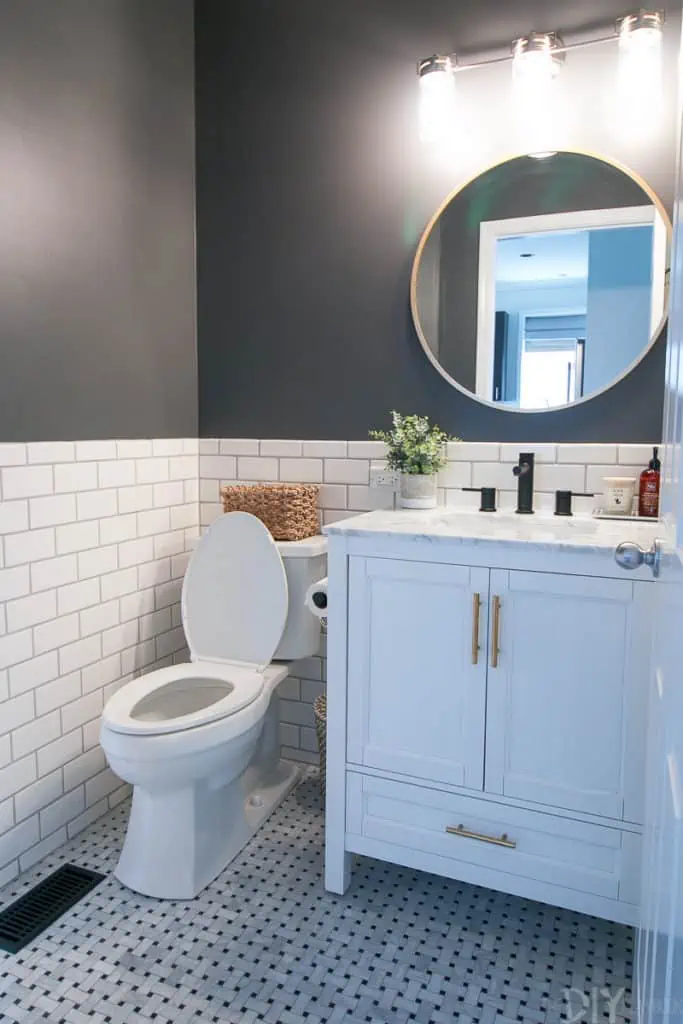
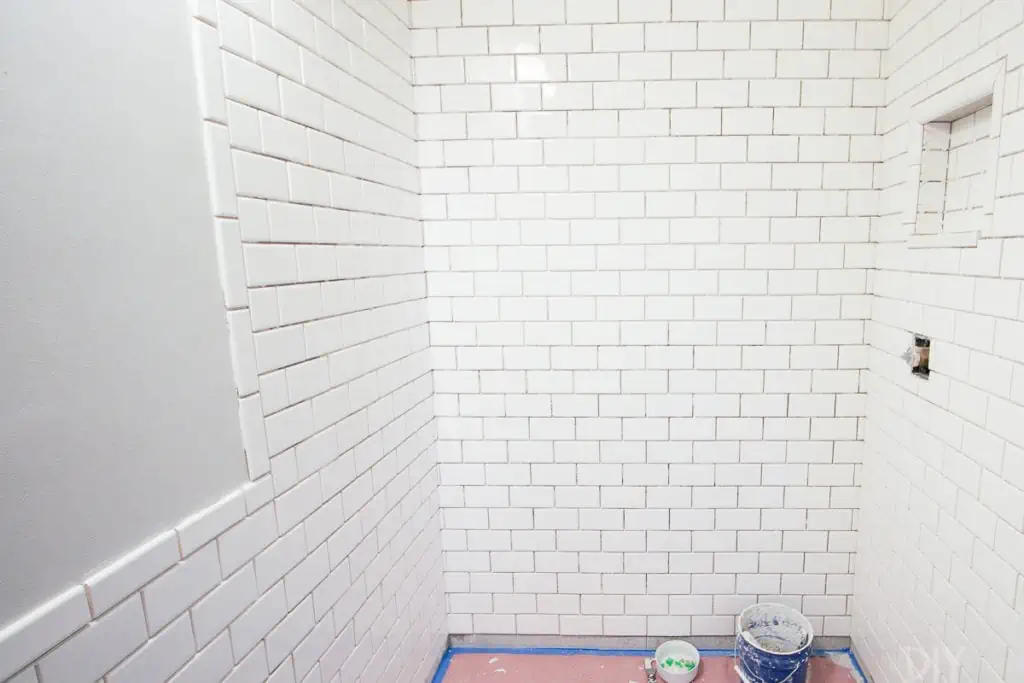
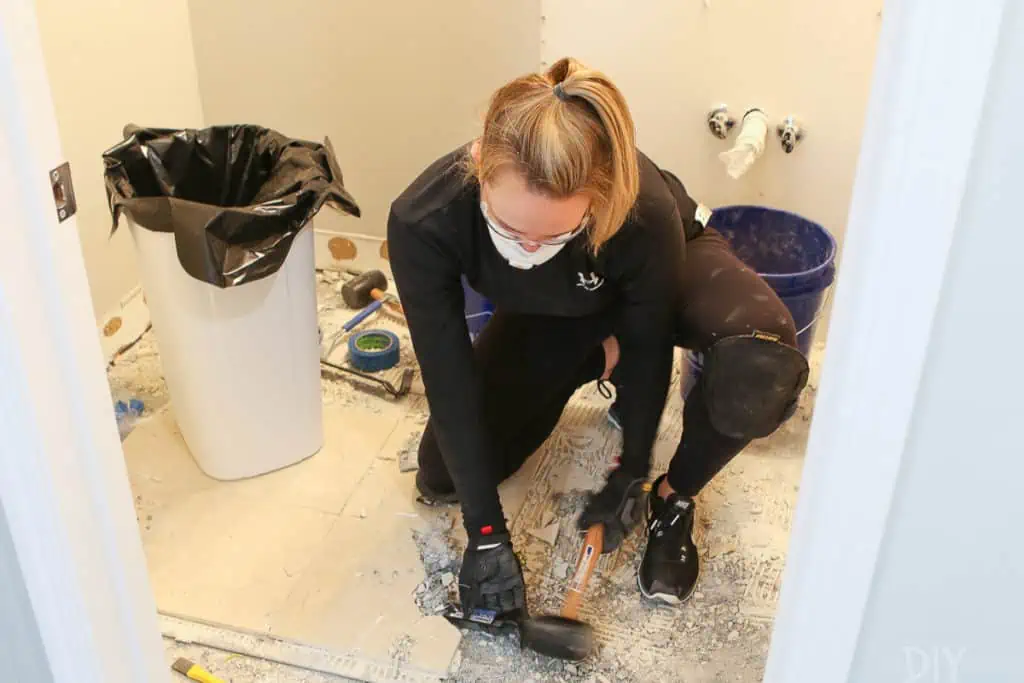
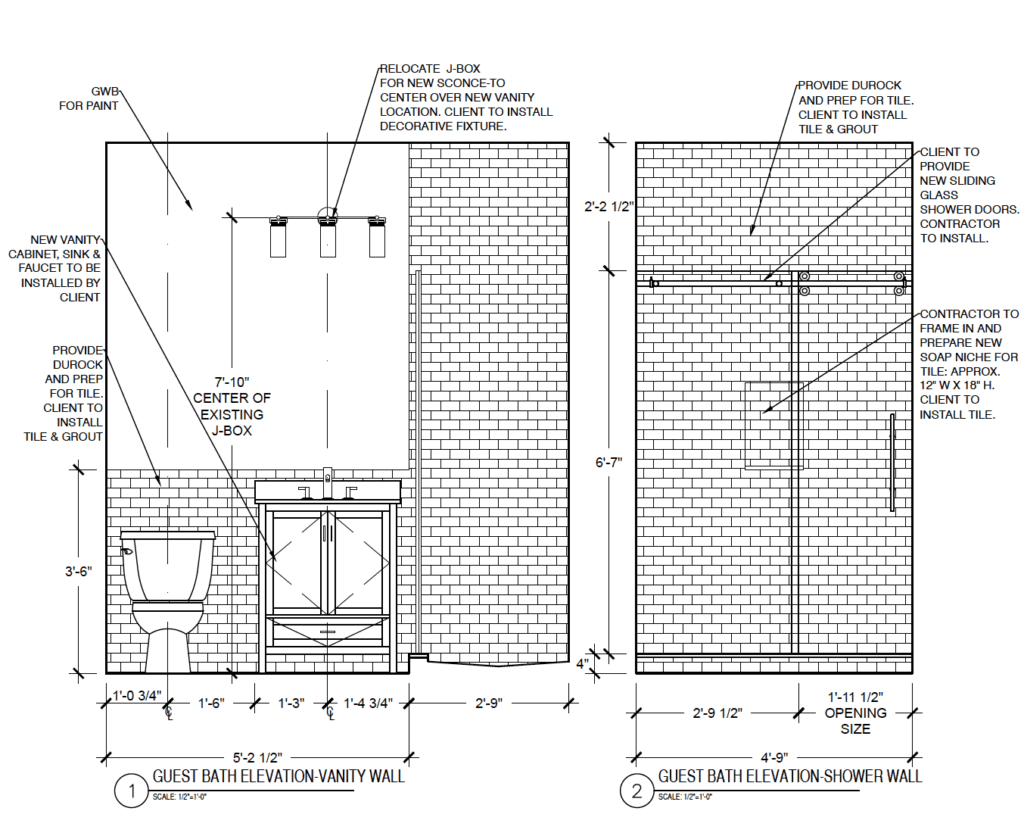
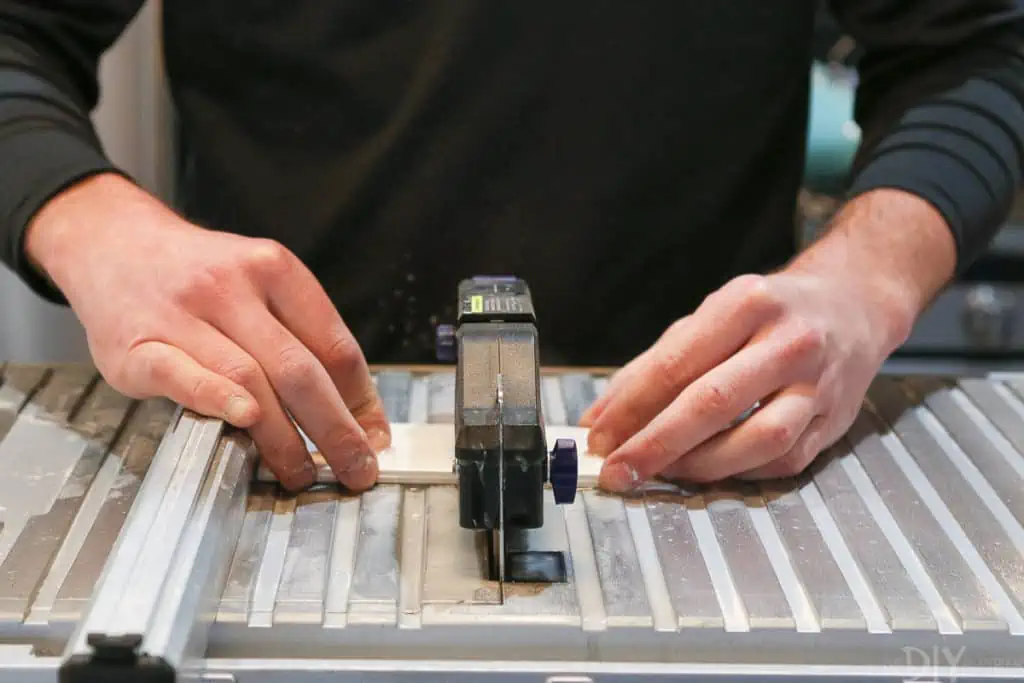
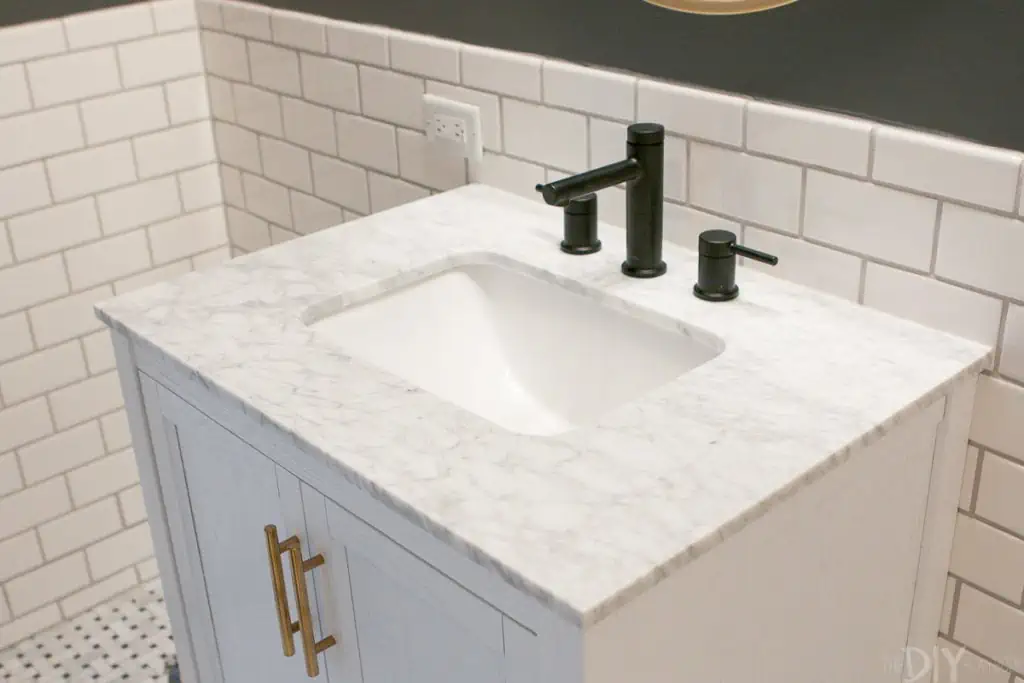 If you take away one piece of advice from this entire article, I hope it’s this next part: Order all of your products now and do not start your renovation until everything has arrived.
If you take away one piece of advice from this entire article, I hope it’s this next part: Order all of your products now and do not start your renovation until everything has arrived. Now that all of your product is ordered (and arriving soon!), you can create a bathroom renovation timeline. Communicate this timeline with everyone involved in the project … your contractor, designer, spouse, family members, etc.
Now that all of your product is ordered (and arriving soon!), you can create a bathroom renovation timeline. Communicate this timeline with everyone involved in the project … your contractor, designer, spouse, family members, etc.